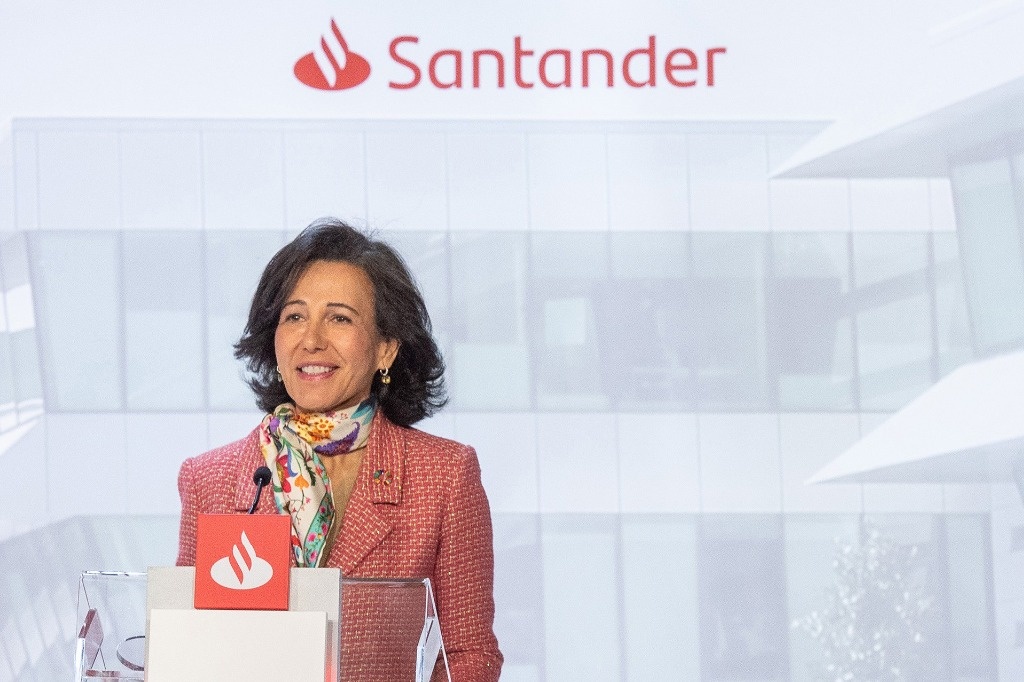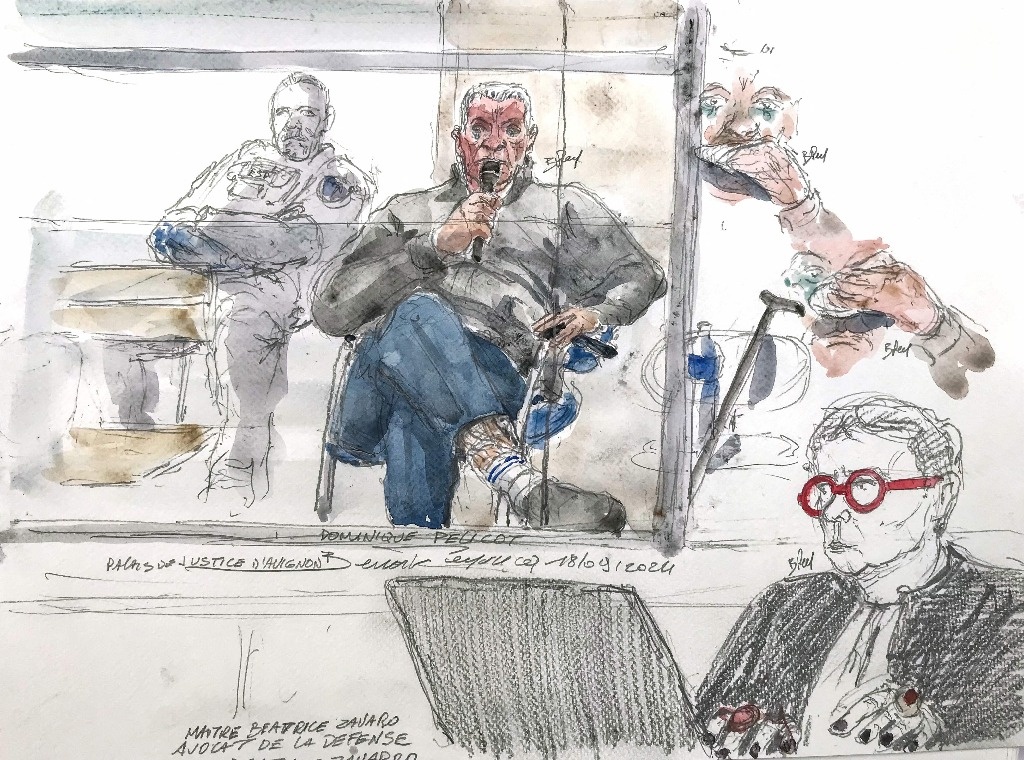MadridSpanish banker Ana Botín set out to transform Santander from a vast, fragmented, acquisition-focused financial institution into a leaner, more agile global bank when her father’s sudden death pushed her to take over.
A decade later, the task is still in progress.
Santander shares have fallen more than 30 percent since she became chief executive in September 2014, the fourth generation of her family to run the bank, and several people familiar with the matter say she remains frustrated by the value investors have placed on the euro zone’s now third-biggest bank by market capitalisation.
Botín, 63, one of the few women at the top of global finance, has no plans to step aside and is pursuing her plan to transform Santander into a global financial platform duly valued by investors, the sources said.
“She inherited an institution with tremendous tradition but one that was not really prepared for the modern global regulatory environment,” Larry Summers, a former U.S. Treasury secretary whom Santander appointed in 2016 to chair an international advisory board, told Reuters.
“Part of Ana’s strength is that she is never satisfied. She always thinks the bank can do better,” he said.
Botín remains one of the world’s best-connected bankers, drawing on the relationships her late father forged as he sought out deals around the world.
“He has options about whether he concentrates more on a single market or whether he continues with a diversified strategy. But that diversified strategy is where he is now. And he is not being recognized for that mix of businesses at the moment,” said Standard Chartered boss Bill Winters, who has known Botín for almost 40 years.
Botín has defended his record, saying that shareholder returns have increased sixfold and that the bank should close 2024 with record profits. Botín has restructured management, with more than half of senior executives no longer Spanish, compared with the virtual absence of foreign executives when he took office.
But on the simplest measure of performance, it has not fared so well. Since September 9, 2014, Santander shares have fallen 35 percent, while the STOXX Europe 600 index has fallen 2 percent. Shares in archrival BBVA have gained 3 percent.
Santander declined to comment.
Integration process
Industry experts say the performance is much better when dividends and buybacks are included, and point out that Botín was forced to carry out a €7.5 billion ($8.3 billion) capital increase within months of taking office. European banking stocks in general have been unpopular over the past decade, they add.
Davide Serra, founder of Algebris Investments, which holds Santander shares and bonds, credits Botín with taking an empire built by his father and trying to integrate its fragmented parts.
“The project has no end,” he says. “In three or five years, we will have a vision of where this integration process will take us.”
Setbacks
As a child, Botín dreamed of being a journalist or even a spy, but her father and grandfather made sure that finances were never far from her mind.
“They would meet on their own and I would join in. And I always listened and talked a lot about finances,” Botín said in an interview published this week on Santander’s website.
Ambitious and competitive, according to those close to her, Botín, a mother of three, has suffered setbacks, including a tough battle over the withdrawal of the offer made to Italian banker Andrea Orcel for the position of CEO.
The appointment in 2018 caused confusion over why an investment banker would be running a retail lender, forcing Botín to defend the move and eventually back down. Santander was ordered to pay Orcel millions in damages.
“The Orcel case was a matter of pure egos that was well managed,” said Enrique Quemada, president of ONEtoONE Corporate Finance Group.
Her family’s outsized presence at Santander, where her stake is just 1.2 percent, has raised concerns about corporate governance, although executives say she has modernized it.
And although her rise to the top seemed inevitable, on one occasion her father asked her to leave because he considered her an obstacle to a merger with Banco Central Hispano in 1999.
He left, but returned three years later.
Change in structure
Its big bet now is that a simpler structure of five subsidiaries serving customers around the world, rather than a disparate set of regional or country-specific strategies, will boost profits.
Botín has also pledged to maintain Santander’s growth in the United States, a market from which its European competitors have retreated or withdrawn.
In June, he told Reuters the United States would be the launching pad for a revamped technology platform that would eventually serve customers around the world.
“She has made a very smart decision to stay in the United States. It is the largest market in the world, and I think some have had to sell their American subsidiaries, but she has a good platform here,” Jamie Dimon, chief executive of JP Morgan, who knows Botín well, told Reuters.
Still, some question his approach.
“Santander is a small bank there, it’s one of those things that doesn’t make much sense, apart from the fact that it can support or build a bridge with Latin America or with wealthy clients in Miami,” said Nicolás López, director of variable income at Singular Bank.
Investor support for Botín remains clear – shareholders convincingly backed the latest vote on his re-election as a member of the executive board – and there are no plans yet for a succession, according to Santander insiders and bankers familiar with the situation.
#Ana #Botíns #tasks #Santander #progress
– 2024-09-23 07:47:46

